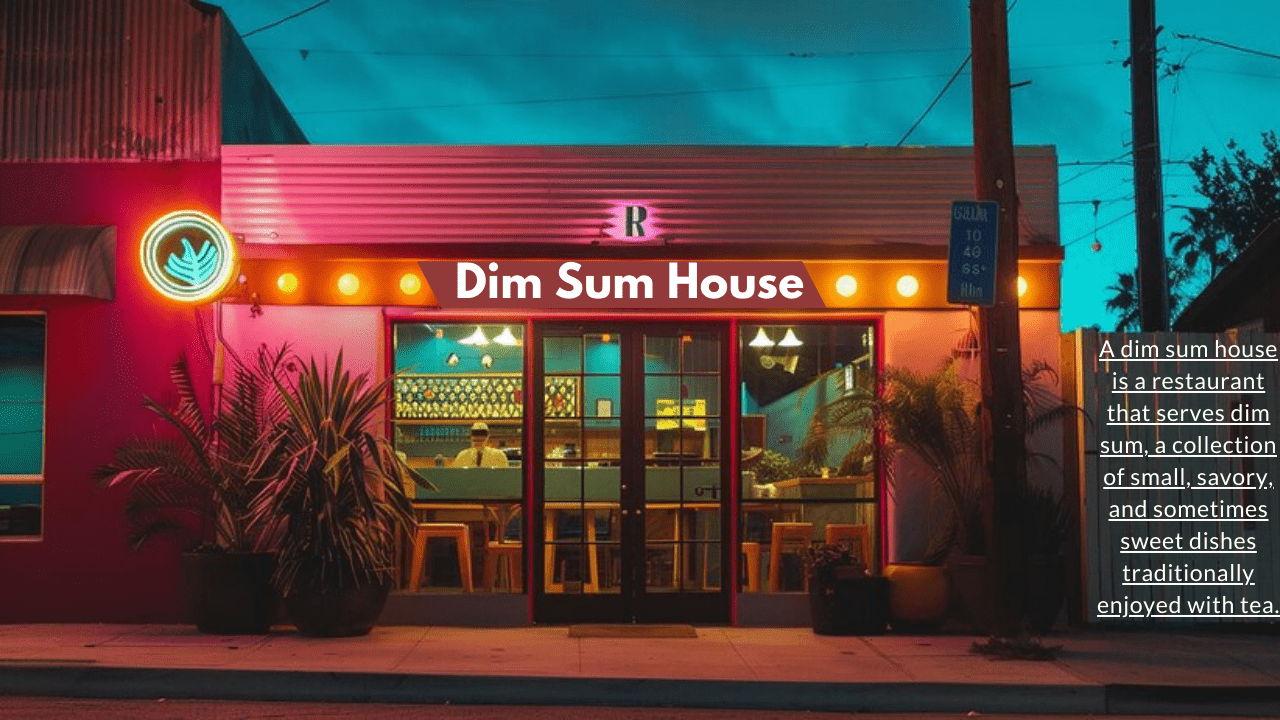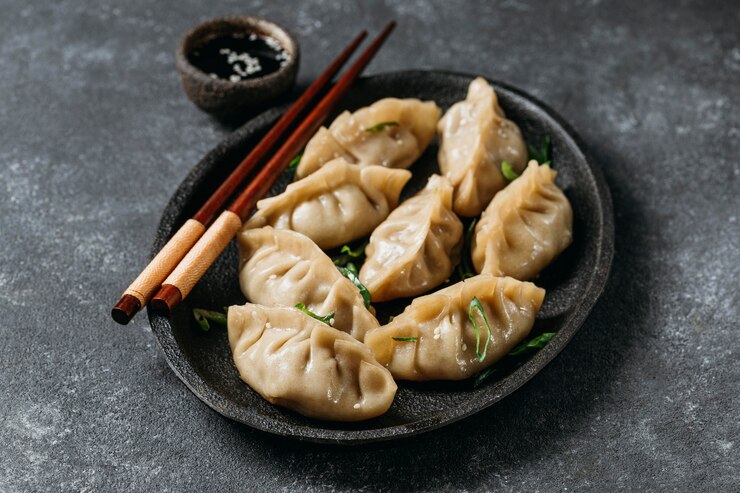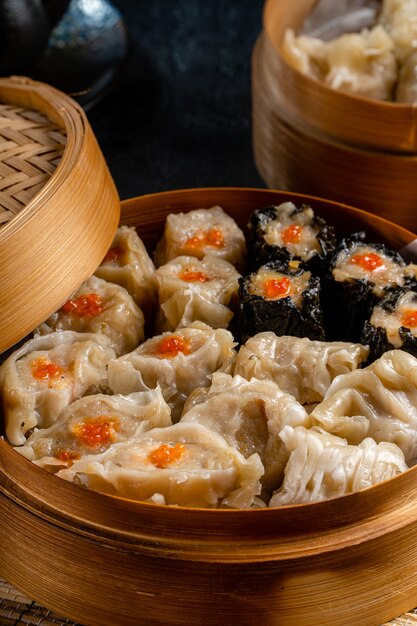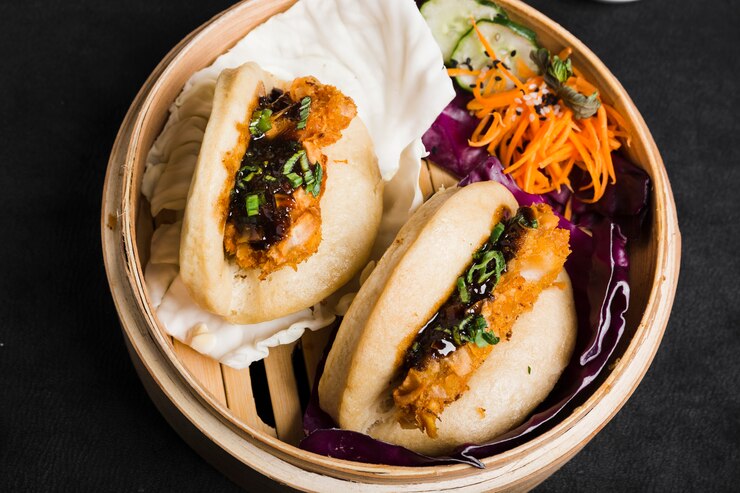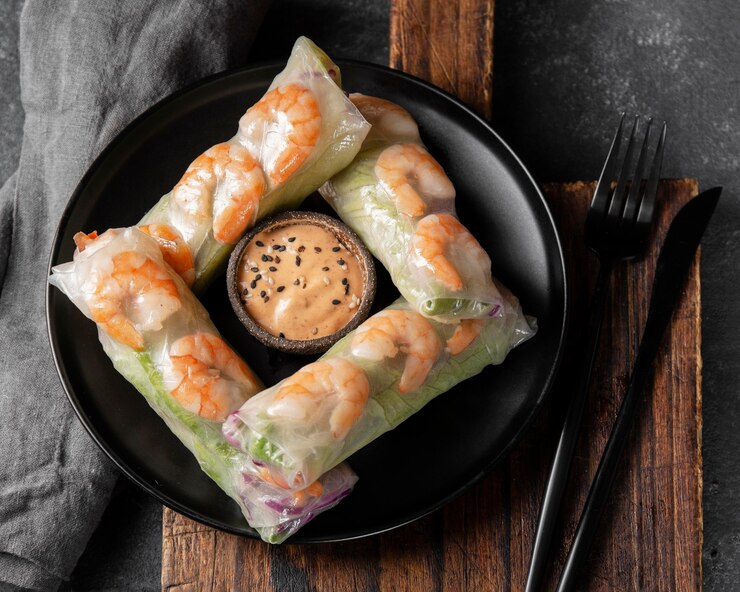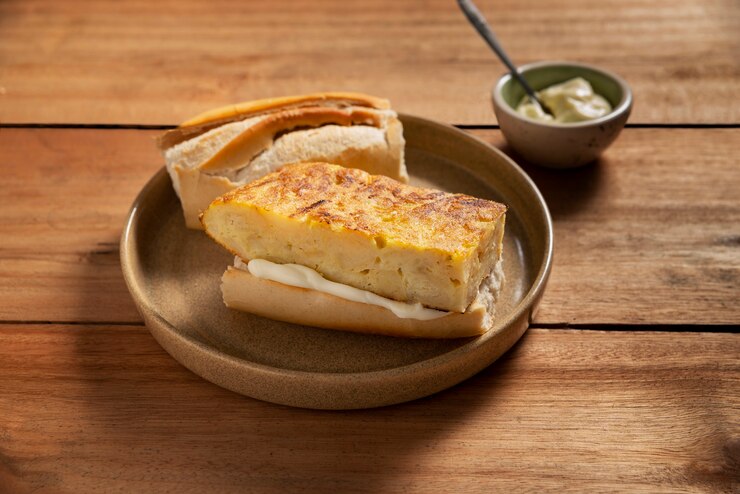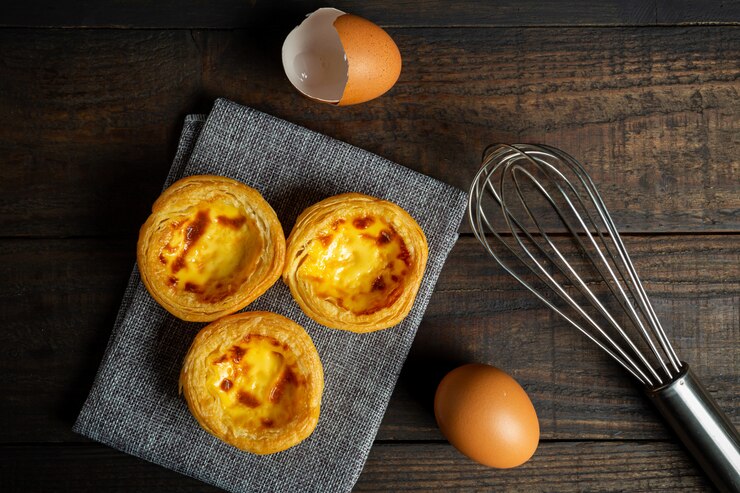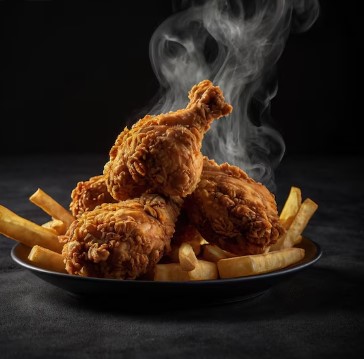Dim sum, an age-old Chinese tradition, is a dining experience that invites people to share small, flavorful dishes in a social setting. A dim sum house is a restaurant specializing in this style of dining, where customers enjoy a variety of bite-sized treats served in bamboo baskets or small plates. Whether you’re new to dim sum or a seasoned enthusiast, visiting a dim sum house is an adventure in flavors, textures, and cultural traditions.
In this blog, we will explore the essence of a dim sum house, the popular dishes you’ll encounter, and the unique dining experience that makes dim sum a beloved culinary tradition worldwide.
Read more about Chickpeas: https://wwwgravityinternetnet.com/ceciir-magic-chickpeas-turkish-cuisine/
What is a Dim Sum House?
A dim sum house is a restaurant that serves dim sum, a collection of small, savory, and sometimes sweet dishes traditionally enjoyed with tea. Originating from southern China, particularly the Cantonese culture, dim sum was once associated with teahouses where weary travelers stopped to rest and enjoy a bite along with tea. Over time, the concept evolved into a communal meal enjoyed by families and friends, particularly during brunch or lunchtime.
The word “dim sum” translates to “touch the heart,” indicating the small portion sizes that are meant to be shared and savored. The beauty of dim sum lies not just in the food, but in the experience of sharing, chatting, and enjoying a leisurely meal with loved ones.
The Dim Sum Experience
A dim sum house is a feast for the senses. When you step inside, the first thing you’ll notice is the lively atmosphere, often bustling with conversation and the clinking of tea cups. The dining experience typically revolves around carts filled with freshly prepared dim sum dishes, which are rolled around the restaurant for diners to choose from.
The cart service is a traditional feature of dim sum houses. Servers push these carts through the dining area, allowing guests to pick from a variety of dishes, from steamed dumplings to deep-fried delights. You’ll find yourself eagerly waiting for the next cart to pass by, each one offering new flavors and textures to explore.
Popular Dim Sum Dishes You Must Try
If it’s your first time visiting a dim sum house, you might feel overwhelmed by the sheer variety of dishes. Here are some popular dim sum items that will give you a great introduction to this culinary tradition:
Har Gow (Steamed Shrimp Dumplings)
Har gow is one of the most iconic dim sum dishes. These translucent dumplings are filled with fresh shrimp and wrapped in a delicate, chewy rice flour skin. The light and savory flavor make it a must-try.
Siu Mai (Pork and Shrimp Dumplings)
Another dim sum staple, siu mai is an open-faced dumpling filled with a mixture of ground pork and shrimp, often topped with a piece of crab roe. It’s a flavorful bite with a meaty, satisfying texture.
Char Siu Bao (BBQ Pork Buns)
These soft, fluffy buns are filled with sweet and savory barbecued pork. Whether they’re steamed or baked, char siu bao offers a perfect balance of flavors and is a crowd favorite.
Cheung Fun (Rice Noodle Rolls)
Cheung fun consists of wide, steamed rice noodles rolled around shrimp, beef, or char siu (barbecued pork). These slippery, soft rolls are usually served with a sweet soy sauce that complements the fillings beautifully.
Turnip Cake
Also known as lo bak go, turnip cake is a savory dish made from grated turnip and rice flour, often mixed with small pieces of sausage or dried shrimp. It is pan-fried until crispy on the outside while remaining soft on the inside.
Egg Tarts
Dim sum isn’t all about savory dishes! Egg tarts, or dan tat, are delicate pastry tarts filled with a rich, creamy egg custard. These sweet treats are a great way to end your dim sum experience on a high note.
Xiao Long Bao (Soup Dumplings)
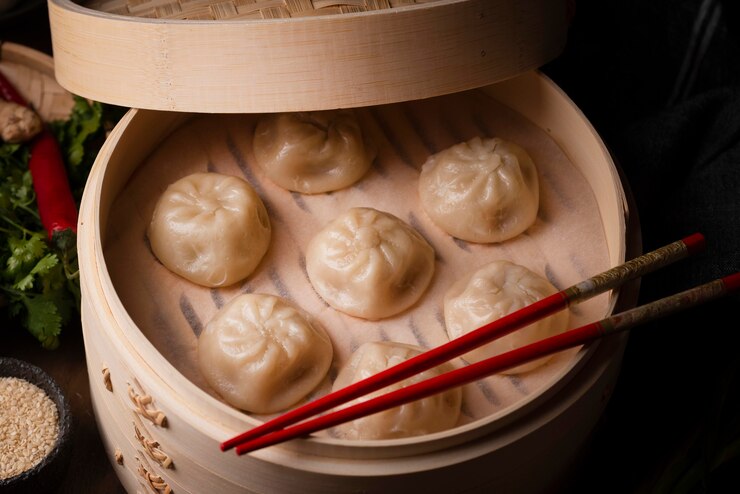
Though technically Shanghainese, soup dumplings often make an appearance on dim sum menus. These dumplings are filled with meat and broth, offering an exciting experience of biting into the dumpling and sipping the flavorful soup inside.
The Role of Tea in Dim Sum
Dim sum isn’t complete without tea. In fact, the practice of enjoying dim sum originated from the Chinese tradition of yum cha, which means “drink tea.” Teahouses served dim sum as small snacks to accompany the tea-drinking ritual.
Today, tea remains a central part of the dim sum experience. Popular tea choices include pu-erh (a fermented dark tea), jasmine tea, oolong, and green tea. Each tea brings its own unique flavor profile, helping to cleanse the palate between savory and sweet bites. Many dim sum houses will offer you the opportunity to choose your tea before you begin your meal, enhancing the overall experience.
Tips for a First-Time Dim Sum House Visitor
If you’re new to dim sum, here are some tips to make the most of your visit:
- Go with Friends or Family: Dim sum is best enjoyed as a communal experience. Bring along a group so you can order a variety of dishes to share.
- Don’t Over-Order: With so many tempting options, it’s easy to overestimate how much you can eat. Start with a few dishes and order more as you go. Since dim sum is served in small portions, you can always add more to your table without feeling overwhelmed.
- Be Open to New Flavors: Dim sum offers a wide range of flavors and textures. Be adventurous and try something new, even if you’re unsure of what it might taste like.
- Enjoy the Atmosphere: A dim sum house is lively and bustling. Embrace the noise, the conversations, and the cart service, which are all part of the authentic dim sum experience.
Why Visit a Dim Sum House?
Visiting a dim sum house is more than just a meal; it’s a cultural experience that brings people together over delicious, carefully crafted food. The variety of dishes ensures there’s something for everyone, whether you prefer savory, sweet, steamed, or fried delicacies. The unique dining style—where small plates are shared, and tea is sipped throughout—offers a relaxed, social way to enjoy a meal with friends and family.
Dim sum houses are also a fantastic introduction to Cantonese cuisine, providing a window into the culinary traditions of southern China. Whether you’re a first-timer or a seasoned dim sum enthusiast, the experience of visiting a dim sum house is always a memorable one.
Conclusion
A trip to a dim sum house is not just about food; it’s about the experience of sharing, exploring new flavors, and enjoying the communal aspect of dining. With a wide variety of dishes, lively atmosphere, and the perfect pairing of tea, a dim sum house invites you to savor the small bites that “touch the heart.” Whether you’re gathering with family, friends, or colleagues, a dim sum meal is a journey into the rich, diverse world of Chinese cuisine.
Frequently Asked Questions (FAQs)
Here are some frequently asked questions (FAQs) about DimSum House:
1. What is a Dim Sum House?
A dim sum house is a restaurant specializing in serving dim sum, a variety of small, bite-sized dishes traditionally enjoyed in Cantonese cuisine, often accompanied by tea. The dining experience is social, where food is typically served from rolling carts.
2. What is dim sum?
Dim sum refers to a selection of small, flavorful dishes, usually served in bamboo steamer baskets or on small plates. It includes dumplings, buns, rolls, and other savory or sweet delicacies. Dim sum is traditionally served during brunch or lunch.
3. How does the dining experience work at a dim sum house?
In a dim sum house, food is often served from carts pushed around by servers. Diners can select dishes directly from the cart, and they are marked on a card at the table for billing. Some modern dim sum houses may also offer menu ordering.
4. What are the most popular dim sum dishes?
Popular dim sum dishes include:
- Har Gow (Shrimp Dumplings)
- Siu Mai (Pork and Shrimp Dumplings)
- Char Siu Bao (BBQ Pork Buns)
- Cheung Fun (Rice Noodle Rolls)
- Turnip Cake
- Xiao Long Bao (Soup Dumplings)
- Egg Tarts
5. What types of tea are served with dim sum?
Common teas served with dim sum include jasmine tea, pu-erh tea, oolong tea, and green tea. Tea is an essential part of the dim sum experience, and it is customary to drink tea alongside the food.










